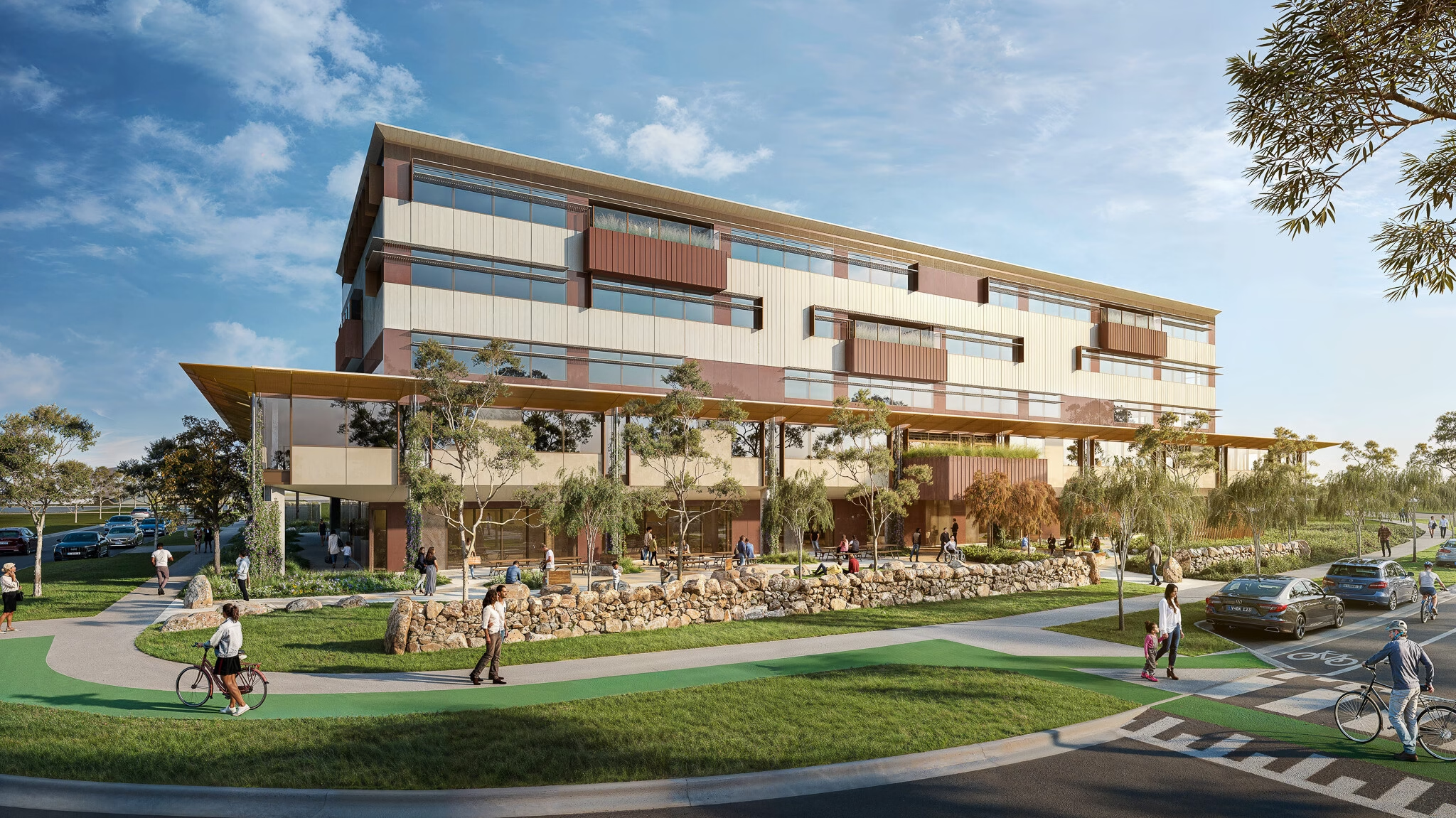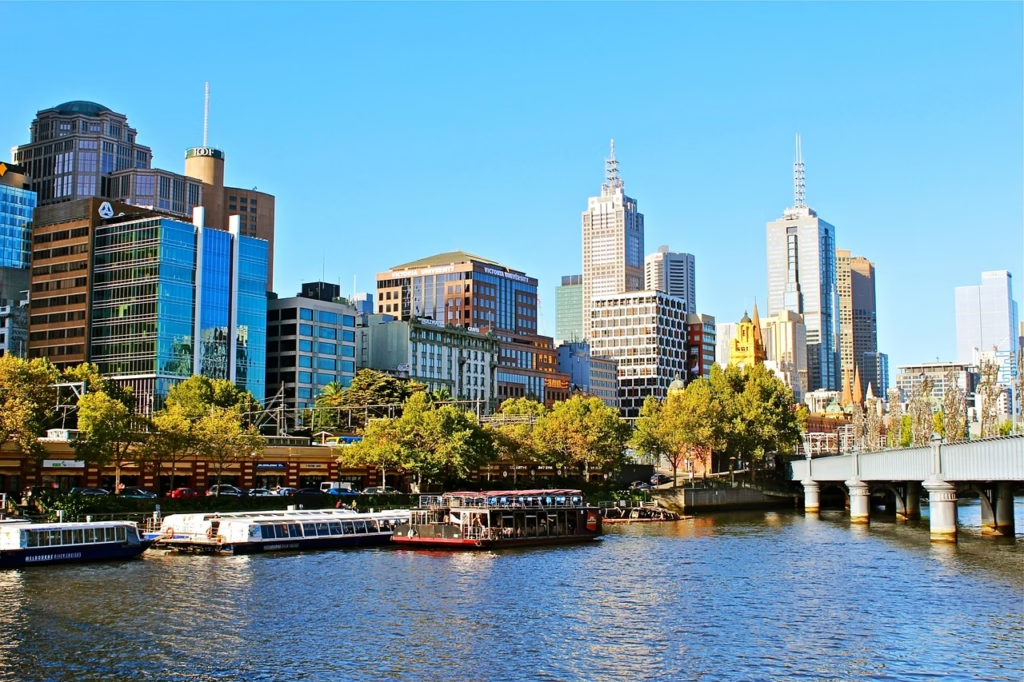Australia’s property market is entering a new phase in 2025. After two years of interest rate turbulence and cautious consumer sentiment, green shoots are reappearing — particularly in Melbourne’s West. While the broader Melbourne market continues to stabilise, the Western Growth Corridor is quietly staging a comeback, fuelled by affordability, infrastructure, and population momentum.
For homebuyers priced out of inner suburbs and investors chasing value, this corridor — stretching through Melton, Rockbank, Tarneit, and Cobblebank, represents the most compelling mix of long-term growth and short-term opportunity. It’s where affordability meets expansion.
Read moreMelbourne’s Auction Data Reveals Resilience
Victoria’s auction market has turned a corner. As of October 2025, the state reported a 67% clearance rate, based on 1,295 auction results — with 618 sold at auction, 225 before, and another 30 after. That’s 873 successful transactions in a single week, plus 1,623 private sales.
This rebound signals a shift from hesitation to action. Buyers are no longer waiting for “the bottom.” They’re recognising that the market correction has already happened.
The Western corridor is a major contributor to this resilience. Unlike premium suburbs, where rising rates still suppress bids, areas like Melton South and Wyndham Vale are experiencing strong absorption rates. Median days on market hover around 31–34 days — far faster than Victoria’s average of 50. That’s not cooling — that’s competition.
Melbourne’s “Asymmetric Growth” Suburbs Driving This Surge (Melton South as Case Study)
Every growth story has a standout performer. In Melbourne’s West, Melton South leads the pack. Its market dynamics reflect a concept economists call “asymmetric growth” — locations that are undervalued today but have clear, measurable catalysts for above-average future returns.
Between July 2024 and July 2025, house prices in Melton South rose 7.1%, outpacing the broader Melbourne average of +0.5% to +2.8%. For units, growth reached +5.9%. With a median house price of $518,000, it remains one of the few suburbs under the $550,000 affordability threshold, making it a magnet for both first-home buyers and investors.
Rental yields sit at 4.1%–4.45%, balancing cash flow and capital appreciation. For comparison, a 3-bedroom home at $500,000 returns roughly $420 per week, while a 4-bedroom home priced near $600,000 rents for $480–$500.
It’s not just about numbers. Melton South’s transformation is backed by government spending, infrastructure delivery, and demographic depth. Together, they’re reshaping its long-term trajectory.
Melbourne’s Infrastructure and Government Spending – The Fuel Behind the Western Boom
Infrastructure is destiny in property markets — and the western corridor is awash with it. The City of Melton’s record $225.8 million capital works program for 2025/26 is its largest ever, laying the groundwork for a decade of expansion.
Key projects include:
- $45.3 million Cobblebank Community Services Hub – providing health, education, and childcare facilities.
- $27.8 million Plumpton Aquatic & Leisure Centre – a lifestyle anchor scheduled for completion by 2028.
- $9.7 million road and traffic upgrades – improving connectivity along Plumpton Road, Westwood Drive, and Sinclairs Road.
- The new Melton Hospital – a state government project expected to create thousands of healthcare jobs.
- The $162 million North-Western Growth Corridor Bus Package – linking Rockbank, Aintree, and Fraser Rise to employment and education hubs.
Government spending at this scale isn’t speculative; it’s strategic. It signals confidence that population and housing demand will persist. Each new project compounds long-term livability — and by extension, property value.
Investors who buy before infrastructure completion typically enjoy outsized gains, as the market re-prices areas once viewed as “outer fringe” into established urban communities.

Population Magnetism and Affordability – The Investor’s Golden Duo
Population growth is the heartbeat of property performance. And in 2025, the City of Melton is the fastest-growing municipality in Australia, with a staggering 6.6% annual population increase, equating to over 13,600 new residents in a single year.
Melton South alone is projected to house 13,700 residents by 2031, dominated by young families aged 25–49 — the “homebuilding” demographic. These are not transient renters; they’re community builders.
This youth-heavy demographic drives sustained demand for both rental and owner-occupied housing. Add a median household income of $1,134 per week and property prices still below $520,000, and you have an affordability advantage unmatched in metropolitan Melbourne.
For first-home buyers, this corridor represents entry-level ownership without sacrificing lifestyle. For investors, it’s a rare equilibrium: rental demand high enough to support cash flow, and capital growth underpinned by a surging local economy.
Micro-Investment Strategy – How to Select Outperforming Streets and Assets
Even in a strong corridor, not every property is equal. Smart investors look for micro-signals — land fundamentals, value-add potential, and local sentiment — that separate an average performer from a future outperformer.
1. Land Value & Price per Square Metre:
Melton South’s average sits around $929 per sqm, compared to Melton’s broader $826 per sqm. Higher density of demand signals growing prestige and limited supply.
2. Dual-Occupancy and Subdivision Potential:
Many established properties sit on 700–850 sqm lots, offering scope for secondary dwellings or subdivision (subject to council approval). Retaining the existing home while developing the rear lot can double equity exposure with minimal risk.
3. Days on Market:
Target streets where homes sell within 30–40 days. These areas demonstrate strong buyer sentiment and liquidity — critical for resale stability.
4. Local Employment Anchors:
Melton South’s top job sectors — Retail, Healthcare, and Transport — provide recession-resistant employment. Future projects like Melton Hospital will further diversify job bases, stabilising tenant demand.
5. On-Ground Due Diligence:
Engage local agents like YPA Estate Agents Melton or Ray White Melton for intel on street-level safety, noise levels, and micro-pocket reputation — data you won’t find in spreadsheets.
Risks, Timing, and How to Buy with Confidence
No growth story is risk-free. Melbourne’s West still faces challenges: infrastructure delivery timelines, short-term price volatility from rapid population influx, and developer-led oversupply in fringe estates.
But risk can be managed through disciplined acquisition timing and smart financing. Investors should:
- Buy established, not speculative. Focus on existing homes with land rather than off-the-plan stock.
- Assess infrastructure sequencing. Choose pockets with projects already funded or under construction.
- Model multiple outcomes. Account for rising holding costs, rental vacancy swings, and potential rate changes.
- Use equity efficiently. Instead of overstretching borrowing, leverage existing assets through strategic refinancing.
Confidence doesn’t come from predicting the market — it comes from buying into markets with proven fundamentals.
Why This Corridor Will Shape Melbourne’s Next Decade of Growth
The Western Growth Corridor is no longer Melbourne’s “next frontier.” It’s the active frontier — a corridor underpinned by record population growth, a once-in-a-generation infrastructure wave, and an affordability edge that invites both families and investors.
Melton South’s 7.1% annual capital growth isn’t an anomaly; it’s an early signal. As the city’s economic gravity shifts westward, demand will compound. Over the next five years, the region’s investment case strengthens further as transport upgrades, hospitals, and community hubs complete.
For investors, the message is simple: the market has already started moving. For homebuyers, it’s the final window to buy below Melbourne’s median before the corridor’s affordability premium disappears.
If you’re serious about building a future-proof portfolio, 2025 isn’t the year to wait — it’s the year to act. Melbourne’s Western Growth Corridor isn’t just growing; it’s leading.

Ready to Make Your Move?
Melbourne’s Western Growth Corridor is rising faster than most realise — but the best opportunities rarely stay hidden for long.
If you’re ready to secure your next property or build a portfolio designed for long-term growth and cash flow, our team can help you find the right deal before the market catches up.
👉 Book your personalised strategy session with Rishav – Buyers Agent Powered by Leverage Listing
Let’s turn today’s insights into your next smart property move.
Disclaimer
This article is intended for general information and educational purposes only. It does not constitute financial, investment, or legal advice. Readers should not act on the information provided without first seeking independent professional advice tailored to their individual circumstances. Property market data, projections, and figures mentioned are current as of October 2025 and may change without notice. Past performance is not indicative of future results.
References:
- Metropole Property Strategists – Melbourne Housing Market Update, Aug 2025
- Melton City Council – 2025/26 Budget Highlights
- realestate.com.au – Melton South Market Data
- First Home Buyer Guide and Why Professional Guidance Matters in 2025
- The CLEAR Strategy: Turning Equity into a Property Portfolio
- Investors’ Playbook That Builds Wealth for Life in Real Estate
